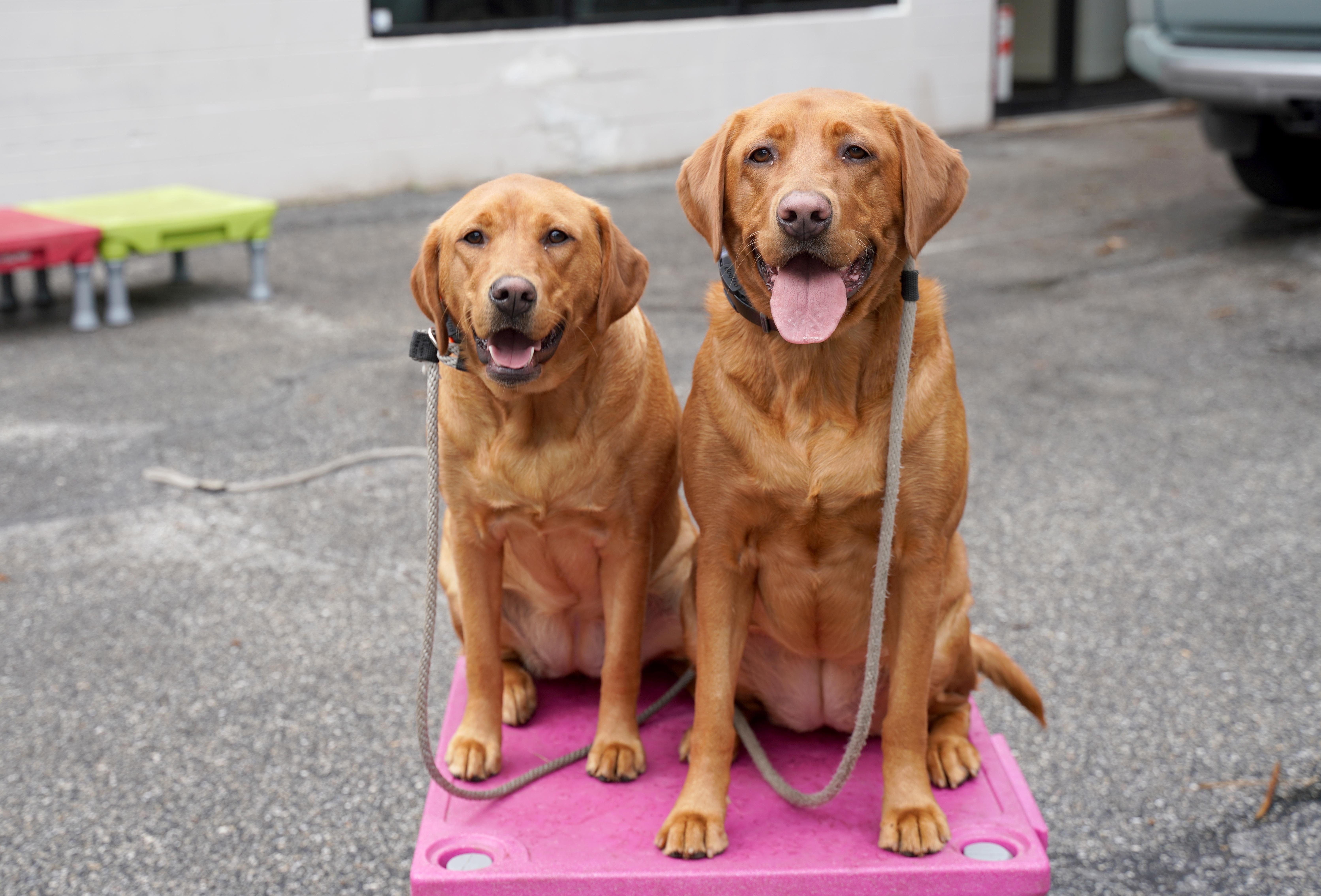Welcoming a new dog into your life brings endless joy and companionship, but it also comes with the responsibility of guiding them to interact harmoniously with others. One of the most rewarding skills you can teach your furry friend is how to greet other dogs calmly. This not only ensures peaceful encounters but also strengthens your bond and enhances their social skills. In this guide, we will explore step-by-step techniques to help your dog master the art of calm greetings, transforming potentially stressful moments into positive experiences. With patience, consistency, and a warm heart, you’ll be well on your way to nurturing a well-mannered canine companion.
Understanding Canine Body Language for Peaceful Introductions
Decoding the subtle cues of canine body language is essential for fostering harmonious interactions between dogs. Understanding these signals can help prevent misunderstandings and ensure a peaceful introduction. Dogs communicate primarily through their body posture, facial expressions, and vocalizations. Recognizing these signs can make all the difference:
- Relaxed Body: A dog that is comfortable and at ease will have a loose, wiggly body with a wagging tail.
- Play Bow: This is a friendly gesture where the dog lowers its front legs while keeping its rear in the air, indicating a desire to play.
- Avoidance Behaviors: Turning away or sniffing the ground can signal a dog’s need for space or discomfort with the situation.
- Stiffness or Raised Hackles: These can be signs of tension or agitation, suggesting a need for caution.
To cultivate a calm greeting, it’s important to approach introductions slowly and watch for these cues. Reward positive interactions with treats and praise, reinforcing calm behavior. Redirect attention if either dog shows signs of stress or anxiety, and always prioritize safety by keeping initial meetings short and controlled. By being attentive and responsive to these signals, you can guide your dog toward more peaceful and friendly encounters.

Creating Positive Associations with Other Dogs
To help your furry friend form positive connections with other dogs, it’s important to focus on creating enjoyable and relaxed experiences. Start by introducing your dog to calm and well-socialized dogs. This will set the stage for a positive interaction. Keep the initial meetings brief and on neutral territory to minimize territorial behavior. Reward your dog with treats and praise for calm behavior during these interactions, reinforcing the idea that meeting other dogs is a positive experience.
- Choose quiet environments for initial meetings to avoid overwhelming your dog.
- Watch for signs of stress or discomfort, such as excessive panting or tail tucking, and remove your dog if necessary.
- Use a relaxed leash to prevent transferring tension to your dog.
- Gradually increase the duration and frequency of interactions as your dog becomes more comfortable.
- Encourage positive play behaviors and redirect any negative interactions with gentle guidance.
Consistency and patience are key. Over time, your dog will learn to associate meeting other dogs with positive experiences, helping them remain calm and friendly.

Step-by-Step Guide to Controlled Dog Greetings
Helping your dog to greet others calmly is a rewarding journey, filled with patience and positive reinforcement. Start by ensuring your dog is familiar with basic commands like “sit” and “stay.” These commands serve as the foundation for controlled interactions. Before approaching another dog, ensure your dog is calm and focused on you. If your dog begins to pull or get overly excited, gently redirect their attention back to you using treats or a favorite toy. This redirection helps to instill the idea that staying calm is rewarding.
- Practice at a Distance: Begin by practicing greetings at a distance where your dog feels comfortable. Gradually decrease this distance as your dog learns to remain calm.
- Watch for Signals: Observe your dog’s body language. Look for signs of stress or excitement and adjust your approach accordingly.
- Short and Sweet: Keep initial greetings brief to prevent overstimulation. A few seconds is often enough to start.
- Reward Calm Behavior: Use treats or verbal praise to reinforce calm behavior both during and after the interaction.
Remember, every dog learns at their own pace, so patience and consistency are key. Celebrate small victories and continue to build on them, creating a confident and sociable companion.

Essential Tips for Reinforcing Calm Behavior
Creating a serene atmosphere during canine meet-and-greets starts with consistency and patience. It’s crucial to reward calmness consistently. Whenever your dog exhibits calm behavior around other dogs, immediately offer a treat or verbal praise. This positive reinforcement helps them associate tranquility with rewards.
- Practice Controlled Approaches: Gradually introduce your dog to other dogs from a distance, slowly decreasing the gap as they remain calm.
- Utilize Distraction Techniques: If your dog becomes anxious, redirect their attention with a favorite toy or treat to help them refocus.
- Establish a Routine: Regular exposure to other dogs in a controlled setting helps normalize the experience, reducing excitement over time.
Incorporate these strategies into daily interactions to cultivate a well-mannered, calm demeanor in your furry friend.

